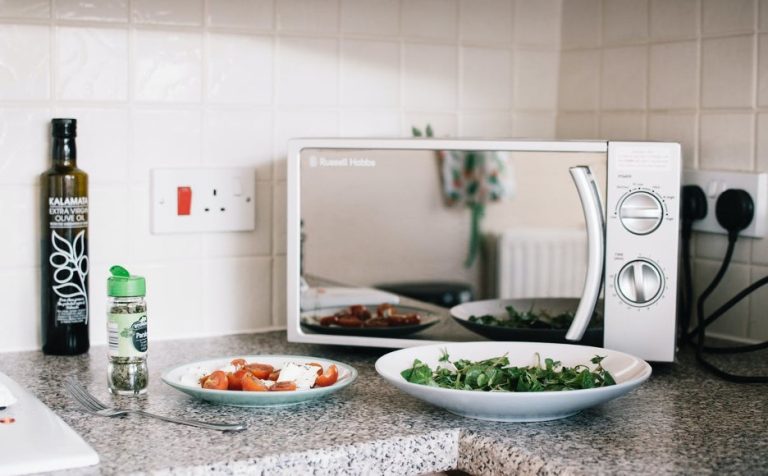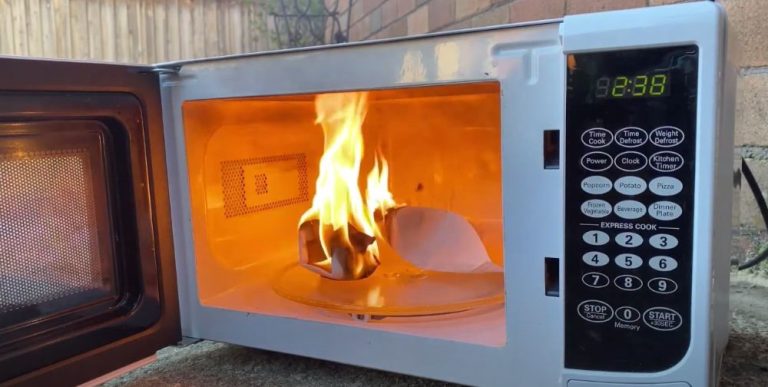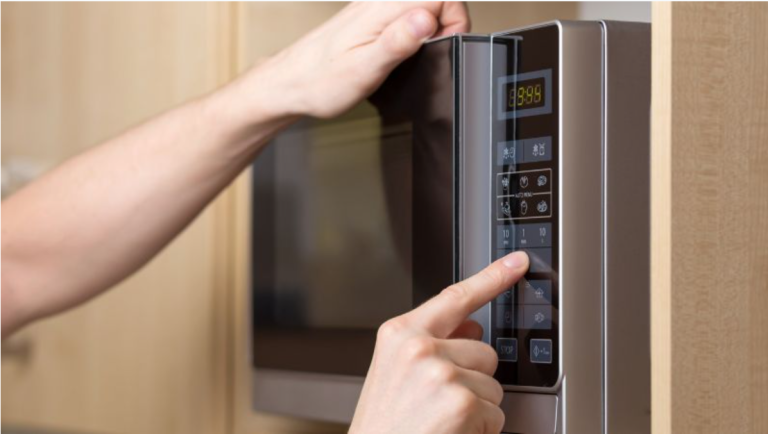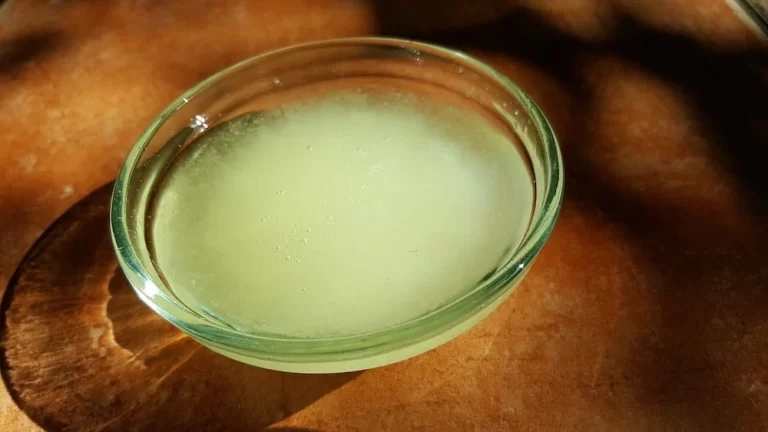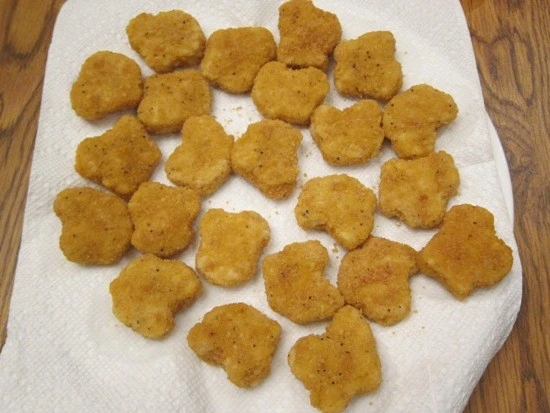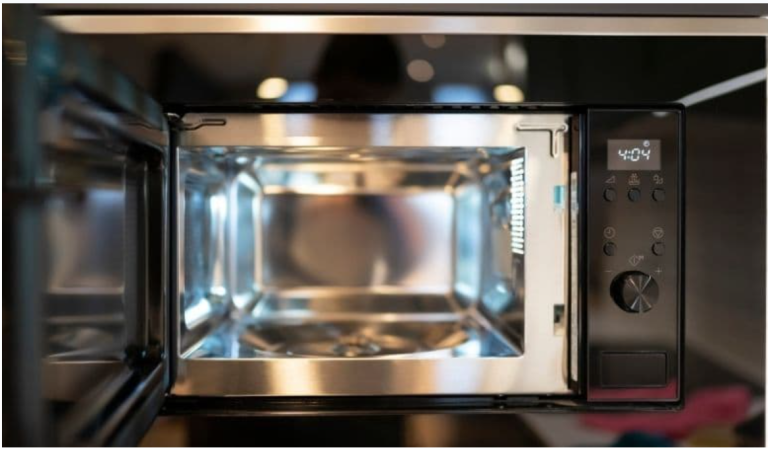Microwaves have come a long way since they were first introduced to the public in 1967. They are now one of the most commonly used appliances in households all over the world.
But with all of their popularity, there are still some questions about them that remain unanswered. One such question is whether microwaves are waterproof or not.
In this blog post, we’ll take a closer look at this topic and try to answer it once and for all.
Are microwaves waterproof? The answer to this question is a bit complicated. Technically, microwaves are not waterproof, but they are water-resistant. This means that they can withstand some exposure to water, but they are not designed to be used in wet environments.
Why microwave is not waterproof?
The reason microwaves are not waterproof is because they have small vents on the top and bottom that allow heat to escape. If these vents were to get wet, it would cause the microwave to overheat and potentially damage it.
How can you protect your microwave from water?
If you want to protect your microwave from water, there are a few things you can do. The first is to make sure that the vents are always clear and free of debris. You can also use a water-resistant cover to protect it from rain or spills.
So if you’re looking for a microwave to use in your kitchen, and you happen to have a wet environment, you may want to consider looking for one that is specifically designed for wet environments.
But if you’re just looking for a microwave to use in your home, and you don’t have any plans to use it in a wet environment, then any standard microwave should work just fine.
At the end of the day, microwaves are a versatile appliance that can be used in a variety of different settings. So if you’re not sure whether or not your microwave is waterproof, don’t worry, it probably isn’t.
But if you’re looking for one to use in a wet environment, there are plenty of water-resistant microwaves available on the market.
While microwaves are not explicitly designed to be waterproof, they can certainly withstand a bit of moisture.
What is mean by waterproof?
The term “waterproof” is a bit ambiguous, as it can be used to describe materials that are resistant to both water and moisture. In general, however, when we say that something is waterproof, we mean that it is completely resistant to water and will not allow any water to pass through it.
What is mean by water-resistant?
Water-resistant is a term that is often used interchangeably with the term “waterproof.” However, water-resistant typically refers to materials that are resistant to water, but not necessarily moisture. This means that they may allow a small amount of water to pass through them, but they will not be completely saturated.
What is the difference between water-resistant and waterproof?
The main difference between water-resistant and waterproof is that water-resistant materials allow a small amount of water to pass through them, while waterproof materials do not allow any water to pass through them.
How can I tell if my microwave is water-resistant?
There is no surefire way to tell whether or not your microwave is water-resistant. However, many microwaves will have a water-resistant rating somewhere on the device. If you’re not sure, you can always contact the manufacturer to find out.
How can I tell if my microwave is waterproof?
Again, there is no surefire way to tell whether or not your microwave is waterproof. However, if you’re looking for a microwave to use in a wet environment, you may want to consider looking for one that is specifically designed for that purpose.
What are some tips for cleaning my microwave?
If you’re having trouble cleaning your microwave, here are a few tips that may help.
First, try using a wet rag to wipe down the inside of the microwave. Be sure to wring out the rag well before using it, as you don’t want any excess water to get inside the microwave.
If that doesn’t work, you can try using a vinegar and water solution to clean the microwave. Just mix one part vinegar to two parts water, and pour the solution into a microwave-safe bowl.
Then, place the bowl in the microwave and cook it on high for five minutes. Afterward, wipe down the inside of the microwave with a wet rag.
Finally, if you still can’t get the microwave clean, you can try using a baking soda and water solution. Just mix one part baking soda to two parts water, and pour the solution into a microwave-safe bowl.
Then, place the bowl in the microwave and cook it on high for five minutes. Afterward, wipe down the inside of the microwave with a wet rag.
Summary
In conclusion, microwaves are not waterproof, but they are water-resistant. If you want to protect your microwave from water damage, make sure to keep the vents clear and use a water-resistant cover.


